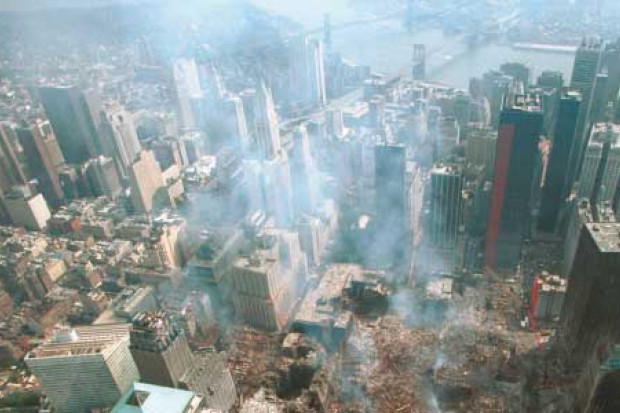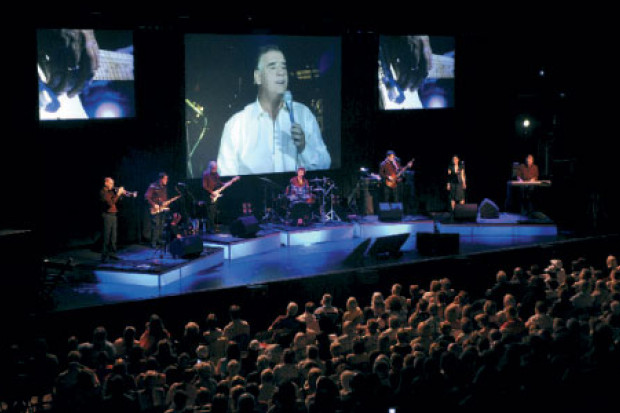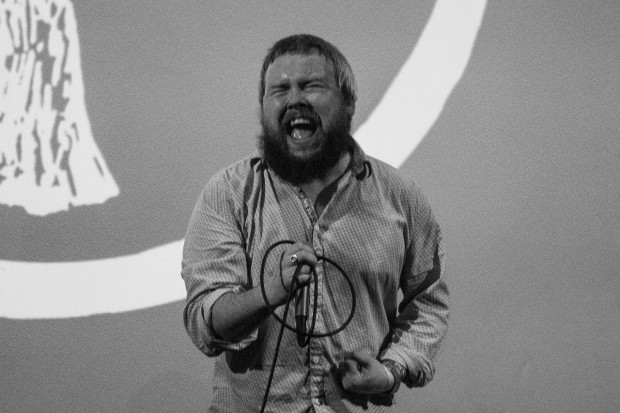
CD Review: The Jimmy Cake – Spectre & Crown
Spectre & Crown
Pilatus Records, PILCD-004
The phrase ‘popular instrumental music’ is oxymoronic in the commercial world of chart success. Instrumental hits were frequent in the 60s and 70s but the three-minute pop song has laid waste to the commercial musical landscape since then, a napalm of the predictable. But, if you forgive a mixed metaphor, the long-tail of the sales bell curve is wagging vigorously with the release of The Jimmy Cake’s new CD, Spectre & Crown.
It has been five years since their last EP Superlady and such a hiatus has allowed their music to mature, in the dark, to become something that surprises the listener with its freshness. Piano, bass, trumpet, clarinet, guitar, drums, accordion and string section have all decomposed and reformed into an organic and improvised wonder.
The album is packaged like a Japanese import and the striking cover is by Atsushi Kaga, a Dublin-based, Japanese-born artist. It depicts a bunny holding a cigar-smoking, aviator-sunglasses-wearing red skull, capturing the cute and the dislocating in the same way that this Dublin-but-global nine-piece do. They re-introduce themselves with ‘Red Tony’, silence being broken by the knelling tonal purity of Paul G. Smyth’s piano, a single key played at a stately tempo, but which gathers harmonies as it gathers pace for a third of the song’s length before expanding into the whole band.
The album channels Michael Nyman and Tortoise; Burt Bacharach played by Pizzicato 5; Baroque classical post-rock Japanese easy-listening. ‘Jetta’s Palace’, ‘The Day The Arms That Came Out Of The Wall’ – this is an Irish band who are truly listening and exploring.
‘Nuberu’ is a tense, filmic cascade that could be lifted from the soundtrack to the Japanese fantasy-horror, mystery-thriller film Ringu. ‘The Art of Wrecking’ begins with two minutes of water trickling down a ruin before becoming the backing track for a melancholic piece that evokes the way of all flesh before fading out through static.
The album finishes with ‘Last Breath’, a piano echo of the opening. This symmetry confirms the thoughtful approach of this band, but while intellectually satisfying it is never less than emotionally engaging. It is courageous music, but it is more than that: it is music that thrills, provokes, consoles, makes you want to push it into the lives of others.
Published on 1 July 2008
Seán Ó Máille is a freelance critic, photographer and full-time secondary teacher in Dublin.














